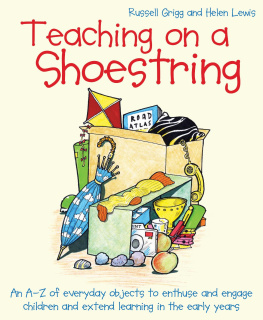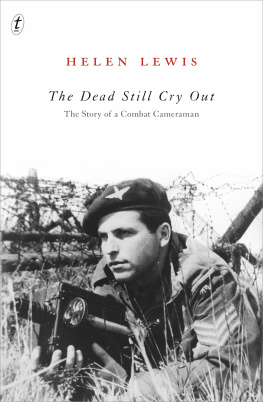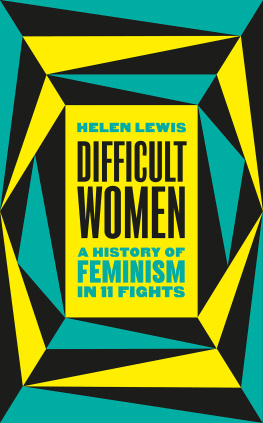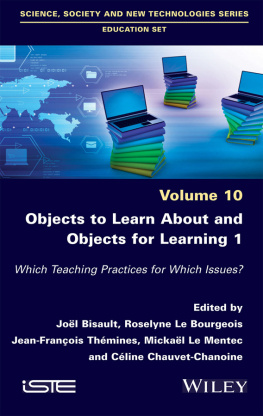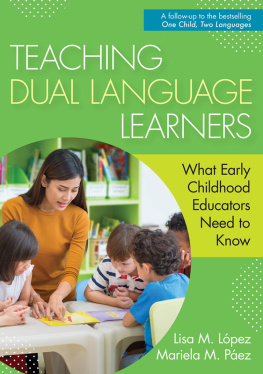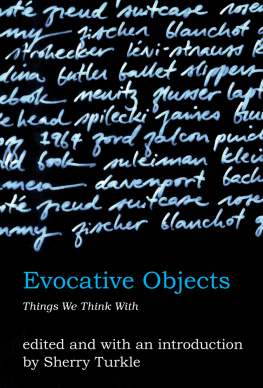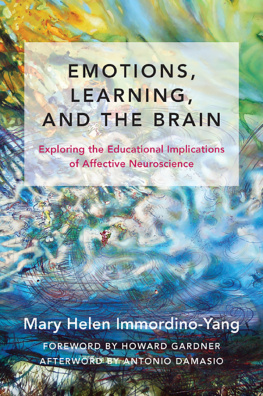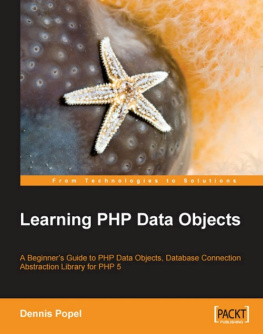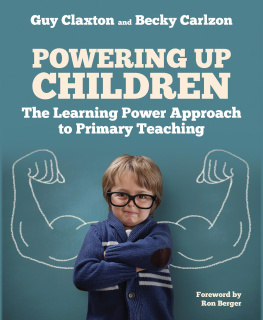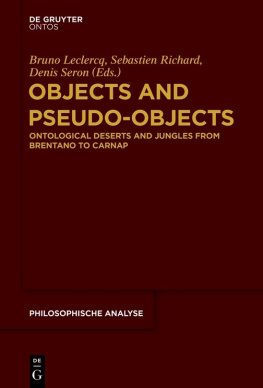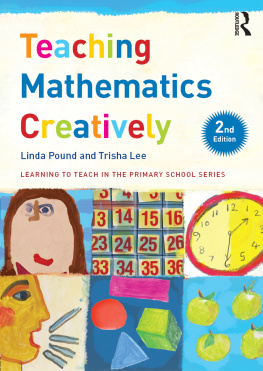Margaret Woodbury Strong (18971969) was a rather eccentric American who once lined her garden boundary with forty bathtubs filled with flowers. Her wealthy father was an avid collector and on family holidays all over the world she was given a small bag to collect toys, dolls and other small objects. By the time she was an old lady, Margaret had acquired 22,000 dolls among more than 3,000,000 household objects, spread over fifty categories such as sport, holidays and music. The objects included buttons, shells, paperweights, glassware and kitchen appliances, although most of her collections related in some way to childrens play. When Margaret died, she left enough funds to open a Museum of Fascination (now called The Strong) which includes the National Toy Hall of Fame. Visiting the museum has been likened to being let loose in Santas workshop on a day in December before the sleigh departs. The Strong is packed full of toys and games that have sustained their popularity over the years, such as yo-yos, puzzles and action figures.

Figure 1. The humble cardboard box
In 2005, however, a rather mundane object was added to the National Toy Hall of Fame the cardboard box. Undoubtedly one of the most versatile of objects, the cardboard box captures childrens imaginations across the world within a few minutes, boxes are transformed into forts, houses, submarines, castles, caves and spaceships. Smaller boxes become dolls house furniture, while larger boxes are turned into television screens or refrigerators. The cardboard box represents a refreshing change from conspicuous spending, as anxious parents seek to acquire the latest thing for their children. A recent survey of 2,000 parents of children aged three and above found that at Christmas time 46% of children prefer playing with boxes instead of actual toys and games, although parents feel pressurised to spend more than 200 on must have items (Davis, 2012; Trajectory, 2012). The reality is that children can derive considerable pleasure and intellectual stimulation without expensive things. Observe any child playing on the beach, in the garden, at home or in the classroom, and you will soon see examples of how their creativity, enthusiasm and communication flourishes by engaging with the very simple objects at hand pebbles, leaves, tubes, old clothes, pipes, hats, pallets, cloths, handbags, steering wheels, egg boxes and suitcases.
This is a book about the educational potential of everyday objects. It is aimed at early years practitioners, students on education courses, parents and those who work in museums and galleries. In the introduction, we provide an overview of objects in society so that readers are well informed when they hold discussions with children linked to the practical activities in . We believe passionately that the educational potential of objects increases when they are related to people those individuals that made and used the objects.
Think about the popular television programme, Antiques Roadshow. Once the owner and presenter begin to discuss the stories behind the objects, we are drawn into their worlds and the emotions this brings whether sadness, surprise, laughter or anger. To mark the 100th anniversary of the First World War, the shows producers launched an appeal for people to tell their stories of wartime objects. This resulted in an astonishing response from viewers. Among the poignant objects was a 1914 Christmas dinner menu for soldiers in the trenches signed by all those who were present and William Bells erroneous death certificate. Bell, a sergeant from Liverpool, was reported to have been killed in action in 1918 and his wife received the dreaded telegram to that effect. Imagine how she must have felt on reading the telegram. Then imagine her reaction when he returned home in 1919. He kept the certificate, despite pressure from the army authorities to return it, saying he would dine out on the story for the rest of his life. Billy lived on until 1975. Many of the objects featured on the programme are now unusual or rare but they were once commonplace.
When discussing mundane, familiar objects with children, it is worth bearing in mind that one day in the future these may become antiques. Michael Hogben (2007), a leading antiques trader, has identified 101 everyday objects which he considers will be highly collectable in the future. These include chunky digital wristwatches from the 1970s, McDonalds toys from the 1990s and the earliest mobile phones, first used by the general public in 1982.
The meaning and significance of objects
A simple definition of an object is a natural or artificial item that can be seen and touched. Many everyday objects define who we are. Some sociologists argue that it is possible to determine your social class from the household objects you own. Everyday objects have meaning when we use them we sleep in beds, we use knives and forks to eat, and pens or computers to write.
Objects are produced and used by people at a given time in society and so have social meaning. They reflect our ideas and ideals. Think about the objects in your own home and what they say about your interests, values and relationships. The long running television programme Through the Keyhole invites a panel of celebrities to guess the identities of reasonably famous people after a virtual tour of their homes and what clues the household items reveal. The programmes appeal lies in our curiosity and desire to find out about the lives of other people. The objects are a means to this end. When objects are shared they take on a social purpose they govern or inform interactions. As gifts, objects often strengthen bonds with family and friends. Psychologists say that it is usually the giver, rather than the recipient, who gains the most socially and emotionally from a gift.
In Snoop: What Your Stuff Says About You (2009), the psychologist Sam Gosling argues that our household goods reveal our true personality more so than face-to-face discussions. Based on extensive research, Gosling concludes that the objects we collect and the environments we create are not simply about sending messages to others but are there to help us manage our thoughts and emotions. He refers to family photos, CDs and even the colour of the walls as feeling regulators, helping us to focus on what is important or to reminisce about former times.
It is increasingly recognised that objects have an important role to play in helping isolated elderly people to communicate and make sense of their lives. Research shows that many old people in sheltered accommodation come to terms with their surroundings through caring for objects and images linked to their memories (Rowlands, 2008). In their experiments across Europe and the United States, British psychologists Gregory Jones and Maryanne Martin (2006) asked participants, If you could save one object from a fire, what would you save? The responses showed that the objects people would save were those which evoked strong memories like photographs, jewellery, ornaments and childhood toys rather than laptops and other expensive items. Objects have been used successfully to care for and spark the memories of those who suffer from dementia. For example, the experience of looking through photographs and handling artefacts has helped people to remember things, become less frustrated and to eat more. In short, possessing objects can contribute to peoples well-being. And, of course, objects support intergenerational learning. They can become a focal point for building conversations and relationships between the young and the old (Thomas, 2009).

